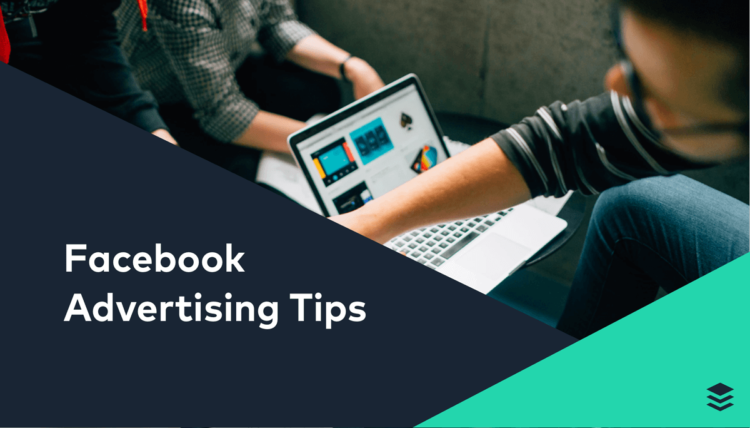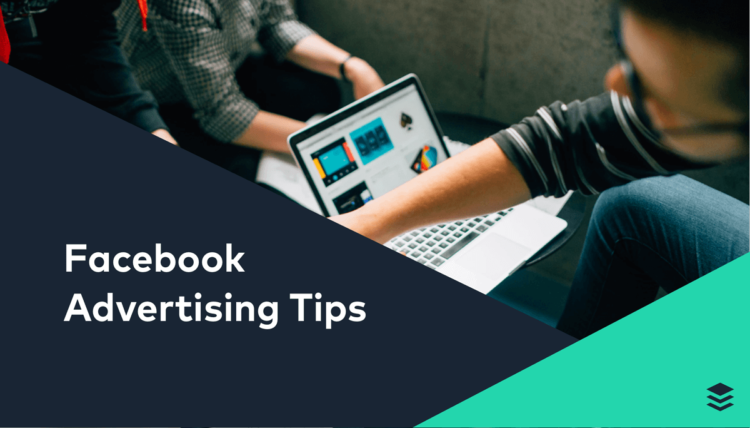
5 Tips To Help Your Facebook Ads Succeed
 Having trouble with your Facebook ads? Not enough outreach? Whatever the case, at Locodor we are here to help you succeed. Here are 5 useful tips for you to get the most out of your ad campaign on Facebook, courtesy of bufferapp.com.
Having trouble with your Facebook ads? Not enough outreach? Whatever the case, at Locodor we are here to help you succeed. Here are 5 useful tips for you to get the most out of your ad campaign on Facebook, courtesy of bufferapp.com.
1. Think about who you’re targeting
With Facebook advertising, it’s not so much about reaching the most people as it is reaching the right people. Sure, big numbers look awesome on your reports, but you need to reach people who are open to discovering your content, curious about your business and receptive to your message. And that’s probably fewer people than you think. When it comes to targeting and reaching your audience with a super-relevant message, you need to understand:
- What platforms your audiences use?
- What types of language they use and how do they communicate?
- What types of content they engage with most often?
More often than not, you can find the answers to these questions through data and research.
2. Tell a great story
Stories are an integral part of human communication. And storytelling — whether in-person, through the written word, or social media — plays an important role in building connections with others. When you’re planning on creating Facebook Ads, stories are essential to capture the interest of your target customers. Take Refinery 29, an independent fashion and lifestyle website, for example. The brand generated two different Facebook ad campaigns, both aimed at bringing in new subscribers to their website. The first campaign featured some eye-catching creative and a clear call-to-action to subscribe. Whereas the second ad set guided the viewer through a simple narrative including an introduction to the brand, an article from the brand, and then a call-to-action to subscribe. Ads for both campaigns were served in News Feed to lookalike audiences. Here’s a glimpse at how the ads looked: Campaign #1 (creative + call-to-action):  Campaign #2 (with narrative):
Campaign #2 (with narrative):  The results were fascinating:
The results were fascinating:
- Among those who were exposed to the sequenced, narrative-focused ads compared with those who were exposed to the non-sequenced ads, there was an 87% increase in people visiting the landing page
- There was a 56% increase in subscription rates among people who were exposed to the sequenced ads compared with those who were exposed to the non-sequenced ads
When you’re planning your Facebook campaigns, think about how you can create a narrative and tell stories within your ads in order to build a stronger connection with your target audience.
3. Monitor performance and adjust in real-time
Social media has changed the world of advertising a great deal. Back 10-15 years ago, if you ran an advert on TV, radio or even online, you didn’t really have any idea how it was being received in real time. Now, social media enables you to monitor your ad performance from the moment you set the campaign live. It might be tempting to set your ad campaigns live and then come back to check performance once each campaign is completed. But by doing this, you’re missing out on massive opportunities to enhance the performance of each of your ads. Monitoring your Facebook Ads campaigns in real-time enables you to know whether or not your ads are resonating with people and allows you to make adjustments as you go along. For example:
- If your clicks are slightly lower than expected, it could be worth optimizing your call-to-action.
- If your engagement isn’t where you want it to be, you could create a new ad set with updated creative.
- If your reach is too low, try updating your audience targeting parameters.
You can make the following edits to your ads without creating an entirely new campaign:
- Change your audience
- Change your budget & schedule
- Change your optimization & delivery choices
- Change your placements
- Change your ad creative
4. Track the right metrics for your business
Before you start thinking about launching any Facebook Ads campaign, I would encourage you to think clearly about how you will measure the performance of your ads. For example, are metrics like brand awareness and email subscribers your #1 focus, or maybe you’re focused fully on driving leads. In our State of Social 2018 report, we found that most marketers (42 percent) measure the success of their ads by how much engagement they receive, with leads (17 percent) and sales (15 percent) being the second and third most common measures of ROI:  Having a clear measurement of success in mind before you kick off any advertising campaign will help you to understand the performance of your ads and make any needed adjustments to ensure you’re delivering maximum value for your business.
Having a clear measurement of success in mind before you kick off any advertising campaign will help you to understand the performance of your ads and make any needed adjustments to ensure you’re delivering maximum value for your business.
5. Think long-term
The important thing with Facebook (or any kind of advertising or marketing) is to have a long-term strategy behind your actions. Let’s say you create an ad set targeting engagement. Awesome! But what’s the long-term plan here? How will you turn this initial engagement into something more tangible for your business? For example, if you’re running a health and fitness business that sells online exercise programs, you might run a video ad showcasing a simple home workout. This ad would be aimed at engagement and getting as many people to view, like and share your video as possible. But instead of being the first and final piece of the jigsaw, this could act as a starting point to get new prospects into your funnel. Using the Facebook pixel, you could then create a custom audience for people that have watched more than 10 percent of the video. Then, you could run an ad towards those people for a class schedule that’s hosted on your website or a trial of your exercise program. So even engagement campaigns can fit into your long-term strategy. Here’s a simplified look at that campaign might look: 
- Ad Set 1: A video ad showing a simple home workout for people in our audience who are interested in fitness
- Ad Set 2: A carousel ad looking to drive clicks to our website and increase brand awareness amongst people who watched 10 percent of the video in Ad Set 1
- Ad Set 3: A conversion focused ad aiming to get people who clicked the link in the previous ad to become customers of our fitness company
You should also consider your customer lifetime value (LTV) before jumping into ads. LTV is the amount of revenue you generate from your average customer in their lifespan with your company. If you’re selling subscriptions to an online tool at $30 per month and your average customer stays for 12 months your LTV would be $360. A general rule is that you should aim to acquire customers for no more than one-third of your LTV. So with an LTV of $360, you might want to set your customer acquisition budget at $120 per new customer. These tips are particularly useful for crowdfunders who are running ads on Facebook for their campaign. It isn't easy knowing how to promote your ads, but with the right knowledge, you can turn a decent ad into something special that attracts much more attention. How have these tips helped you? Let us know in the comments! (Source: https://blog.bufferapp.com/facebook-advertising-tips)